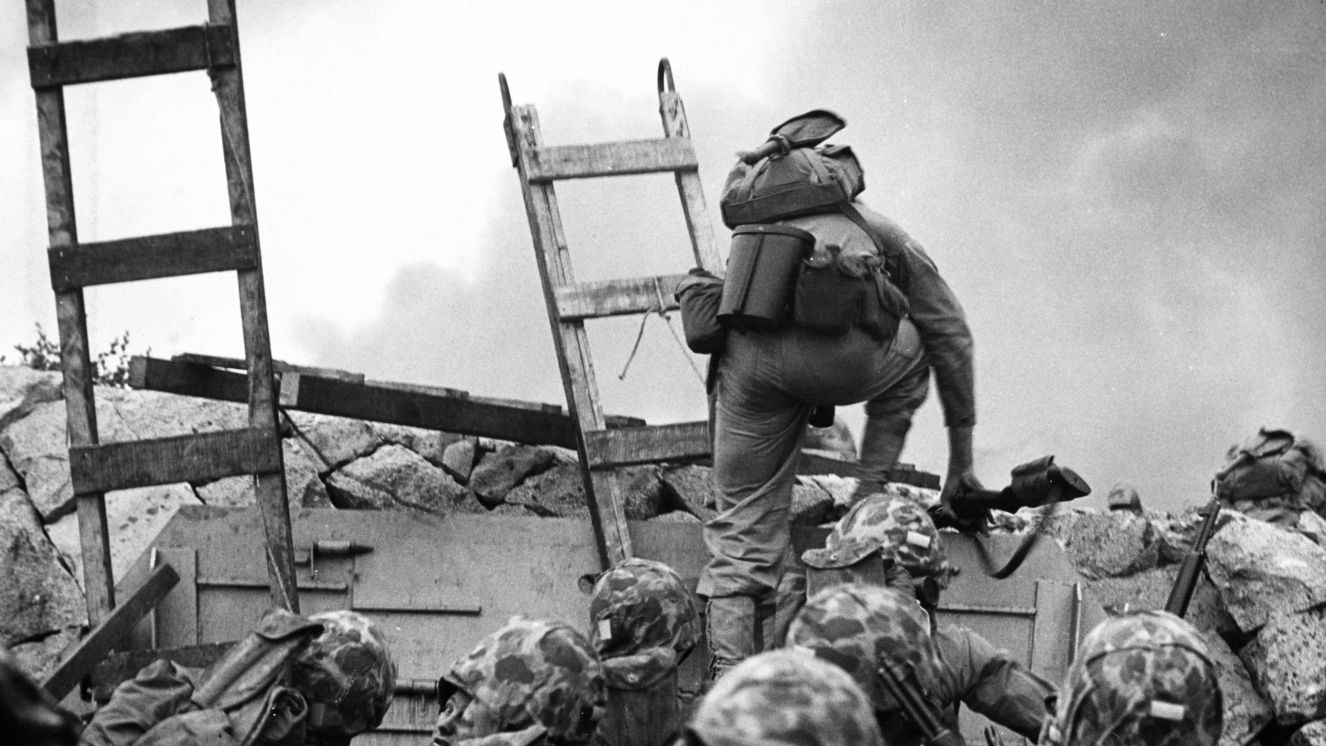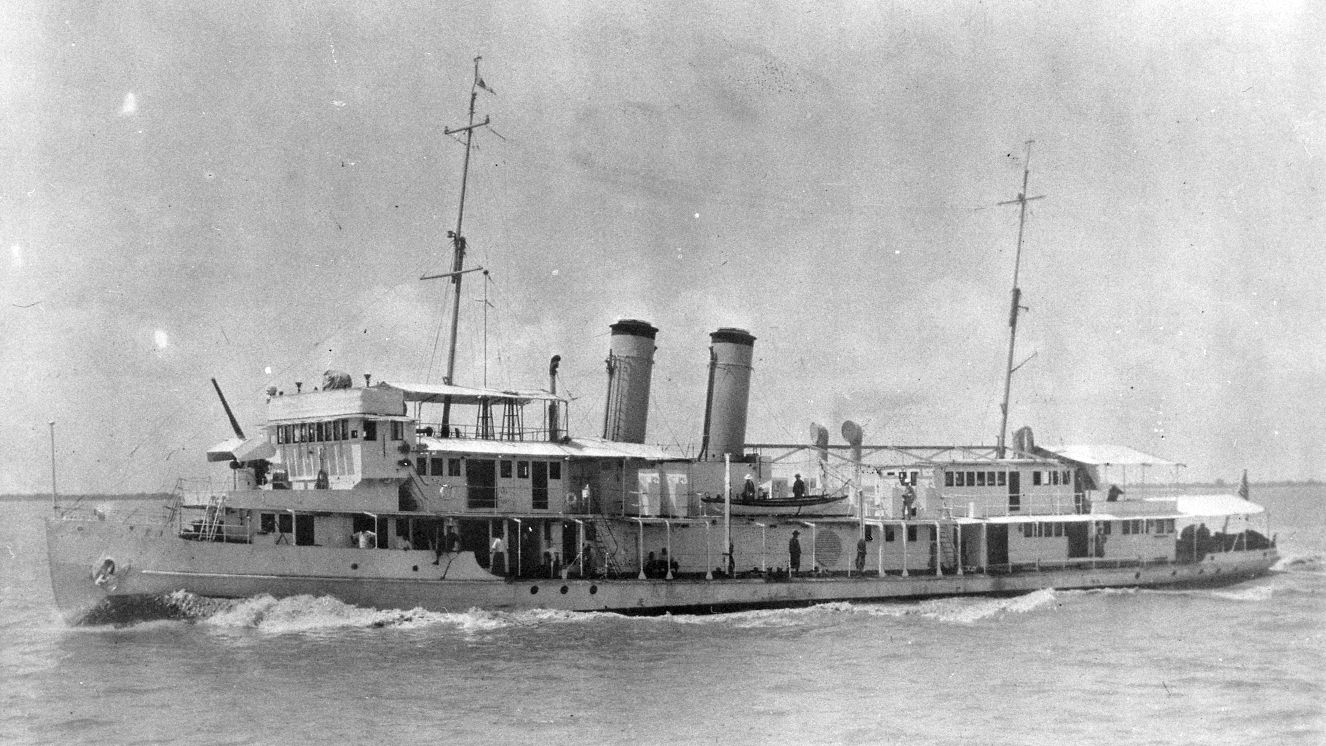AMERICA’S RELATIONSHIP WITH PALAU CONTINUES TO GROW

The United Nations recognizes 193 countries in the world, including Palau, a beautiful paradise in Micronesia. Home to just under 18,100 people, Palau Island, or rather the Palau Islands, is an archipelago featuring more than 500 islands under the nation’s rule. A valued American ally, the country of Palau may be positioned in a beautiful locale with picturesque views, but its proximity to China proves increasingly valuable for the United States. Now, the Palau people are gaining extra protection from the U.S. Coast Guard, which has permission to enforce maritime law within the country’s economic zone. Suggested read: Submarine Accidents and Implosions Throughout The Years
What Country Is Palau?
Palau is its own nation. It has a long storied history beginning with the migrants settling on the Island of Palau over 3,000 years ago. There was eventually a change of ownership following the Spanish-American War from Spain to Germany. During World War II, Imperial Japan would take over the tiny nation but as we all know, the Pacific Theatre would not end up favorable for the Asian Axis collaborator. The U.S. would then take back control during WWII. Control was solidified further following the war when the United Nations granted the island to the U.S. in 1947. However, the Compact of Free Association (COFA), an agreement with the archipelago and the United States, established its independence in 1994. Since then, the Republic of Palau has stood as its own nation in Micronesia. This, and additional diplomatic ties, have often confused the nation as a U.S. territory. However, this isn’t the case. Palau is its own country, even if we do remain close allies. The island country even uses the U.S. dollar as its official currency. While the distance is long, the relationship is close. This is a great thing for both nations, especially as microaggressions in the region by China continue to become bolder and bolder. Related read: Inside Diego Garcia: The Most Mysterious U.S. Naval Base
An Increasingly Important American Ally in Micronesia
Palau and the United States are great allies and a new agreement is solidifying it further. Now, USCG ships are allowed to operate and enforce maritime regulations that fall within the island nation’s exclusive economic zone. While the agreement stopped short of explicitly saying that China’s activities in the Pacific and elsewhere are to blame, it's a safe bet that they are at the heart of the matter. However, Surangel Whipps Jr., President of Palau, has asked the U.S. for assistance in the past for this very reason. What the agreement allows for is providing the Coast Guard the ability to enforce maritime laws, even if Palauan officers aren’t there. This can help deter illegal fishing activities and even military maneuvers from invading the country’s waters. Since 2021, Whipps has noticed the invasive nature of China’s maritime activities. This would raise concerns and call for the nation to ask for help in deterring such actions. All of this adds to an increasingly complex Pacific region that has opposing sides continuing to butt heads. A notable factor in all of this is that Palau’s stance on Taiwan and China’s aren’t the same. Because of this, President Whipps has claimed that China is conducting surveillance of their nation and it is retaliating on the nation’s position on Taiwan. Only 13 nations recognize Taiwan as a nation. Palau is one of them. This agreement is one of many actions that continue to show America’s commitment to push back in the region. For example, in May 2023, another agreement was reached with Papua New Guinea for the USCG to board with local enforcement in the nation’s exclusive economic zone beginning sometime in the same year.
How to Get To Palau
The Roman Tmetuchl International (ROR) is the nation’s international airport. Because of its location, you’re going to either need a good ship with strong sea legs or a plane to get there. Not only from America but basically any other location. While not the most popular nation in the world, Survivor Palau did boost the nation’s notoriety a bit in the mid-2000s. You’ll find that around 18,000+ tourists would visit before the pandemic and these days, the numbers are even lower, floating around 7,000. One of the big draws to the region is Jellyfish Lake, Palau. This remote locale has a toxic bottom and water filled with jellyfish. Surprisingly, you can swim there safely. However, if you’re looking to scuba, Palau forbids it because of the hydrogen sulfide that lurks below. Read next: New Nukes Draw Inspiration From the Gravity Bomb
BY BUDDY BLOUIN
Buddy Blouin is a Contributing Writer at VeteranLife.com
Buddy Blouin is a Contributing Writer at VeteranLife.com



